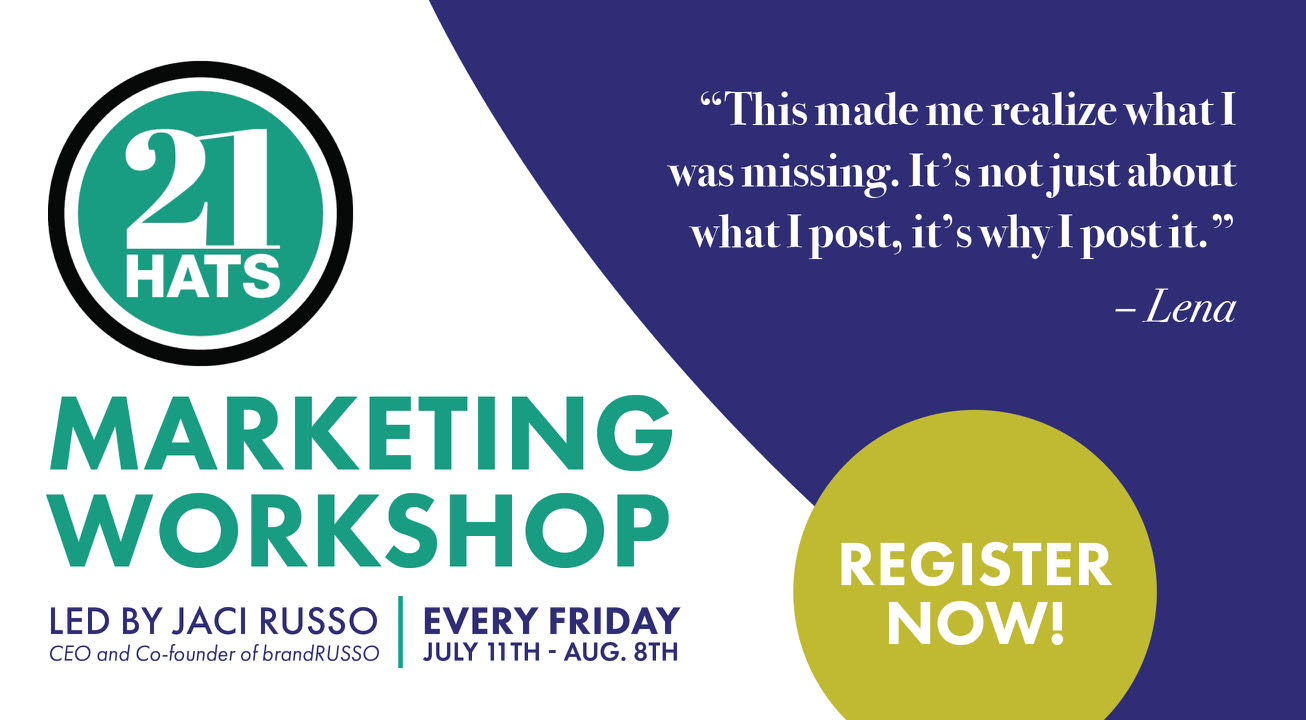
This is an unusual opportunity to participate in a collaborative workshop with fellow business owners led by someone with real expertise. Leave with a real strategic plan tailored specifically to their own business.
There are a lot of companies out there who make a living giving awards to other businesses. The awards can be fun and can help spread the word about what you’re doing. But we should all think about what we really think is worth celebrating.
As a journalistic endeavor, I applied for an alternative online loan. It was a big mistake.
I couldn’t sleep the night before I made the switch, but I’m confident it was the right decision.
Yes, getting an SBA loan will get more difficult, but the long-term viability of the agency will be protected.
Late one night, I started a WhatsApp group for Entrepreneurs’ Organization members having a tough time. Slowly and steadily, an engaged community has taken hold.
Trade wars may be beyond the control of business owners, but there are things owners can control.
With new responsibilities but far fewer people, the agency faces an uncertain future.
Our job as entrepreneurs is to stay focused and not let the noise derail us.



